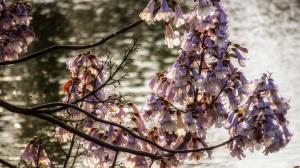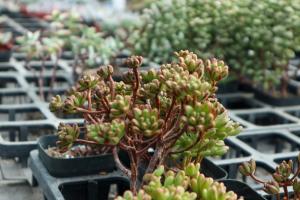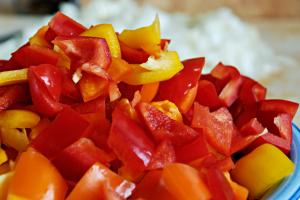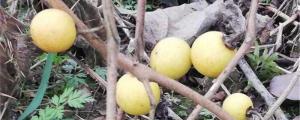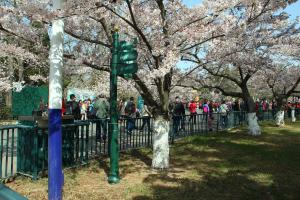1、 Curing method
1. Temperature: red fruit Holly likes warmth, and its cold resistance is not good. Therefore, it can be maintained between 15 and 28 degrees. If you plant it in a very cold place in winter, you need to take some cold prevention measures
2. Light: red fruit Holly is a light loving plant. However, its negative tolerance is also good. In ordinary maintenance, it is better to provide sufficient light. Especially when growing fast, flowering and fruiting, it should not be too dark. In winter, good light is also good for the winter
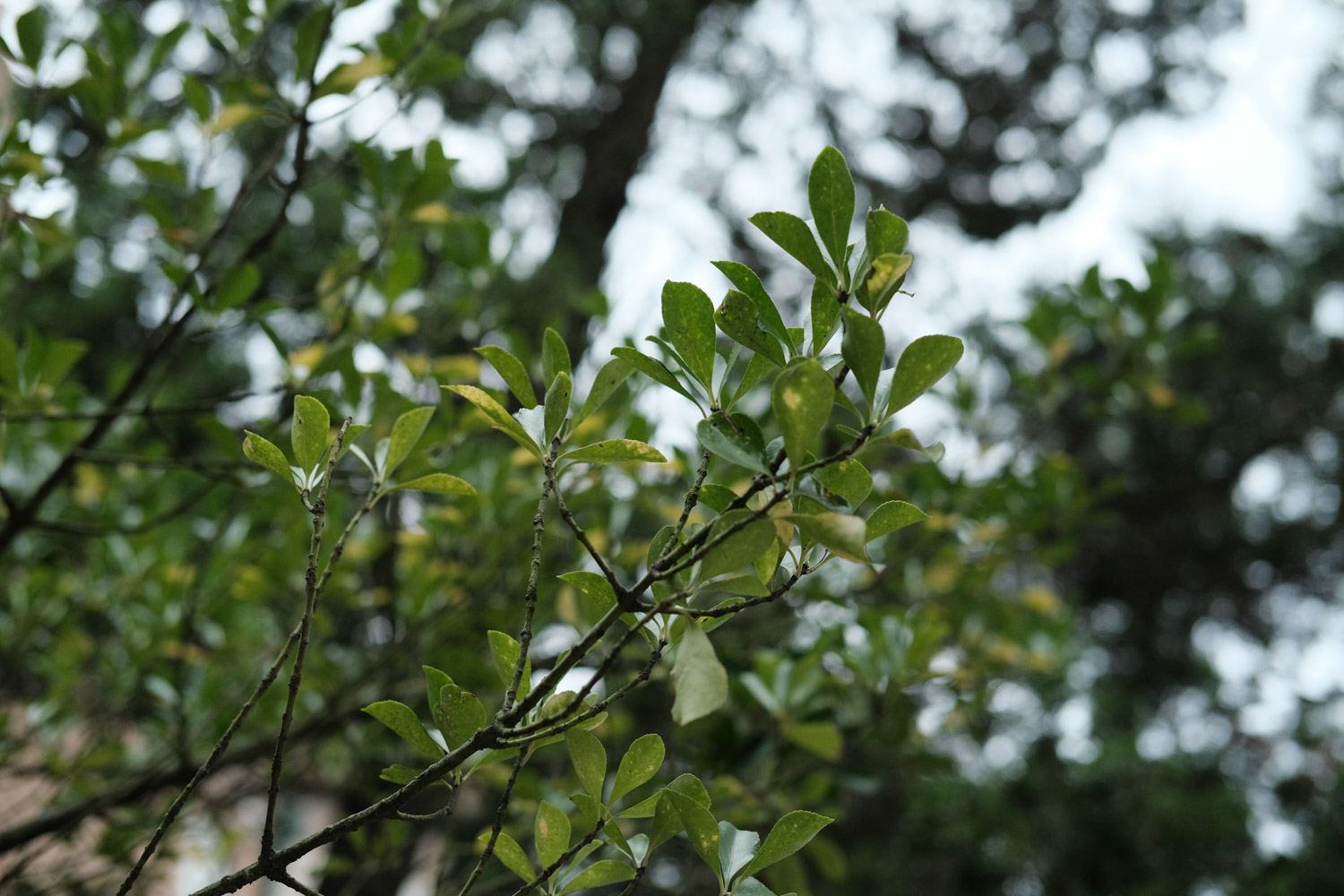
3. Watering: red fruit Holly is wet, but it is not resistant to waterlogging. When watering, it can be poured thoroughly. It will always be wet in the growth stage, but don't accumulate water. In some areas, there will be more rain in summer. It is best to take some measures to drain too much rain
4. Fertilization: Red Holly has good adaptability. Generally speaking, it doesn't need topdressing too much. It's better to apply it once a half month or once a month. In addition, it should be noted that the base fertilizer is sufficient
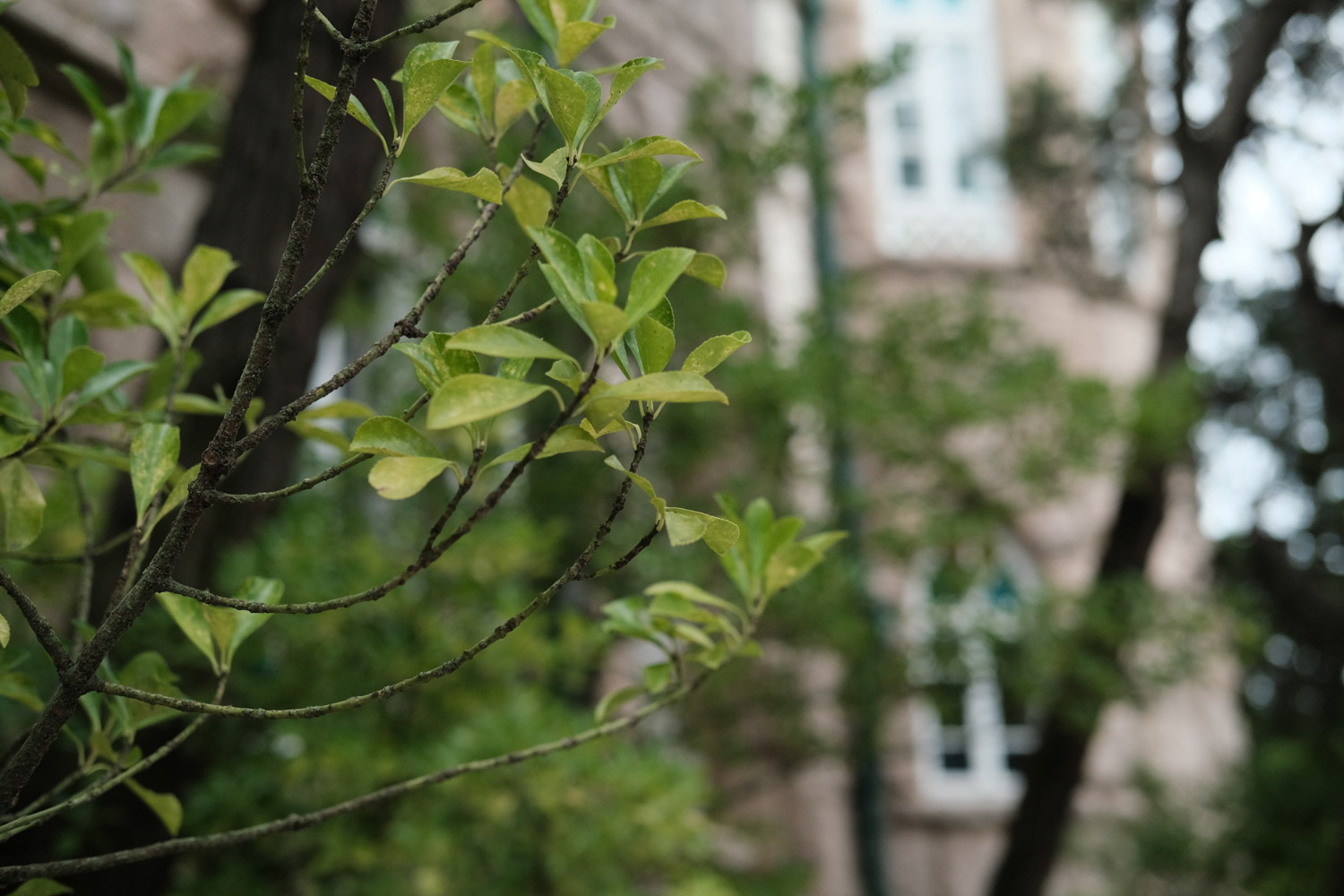
2、 Breeding skills
1. Reproduction: sowing and reproduction can be adopted. In autumn, you can collect fruits, remove the peel and take out the seeds. Then it is stored in wet sand. The best sowing time is in March of the next spring. Because its growth is relatively slow, it takes a long time to grow up
2. Pruning: the sprouting ability of red fruit Holly is very strong, and it is also more resistant to pruning. This step is more important. First, picking the heart in spring will promote more flowering after branching. In addition, the pruning of some aging and dry leaves can be carried out during the dormancy period
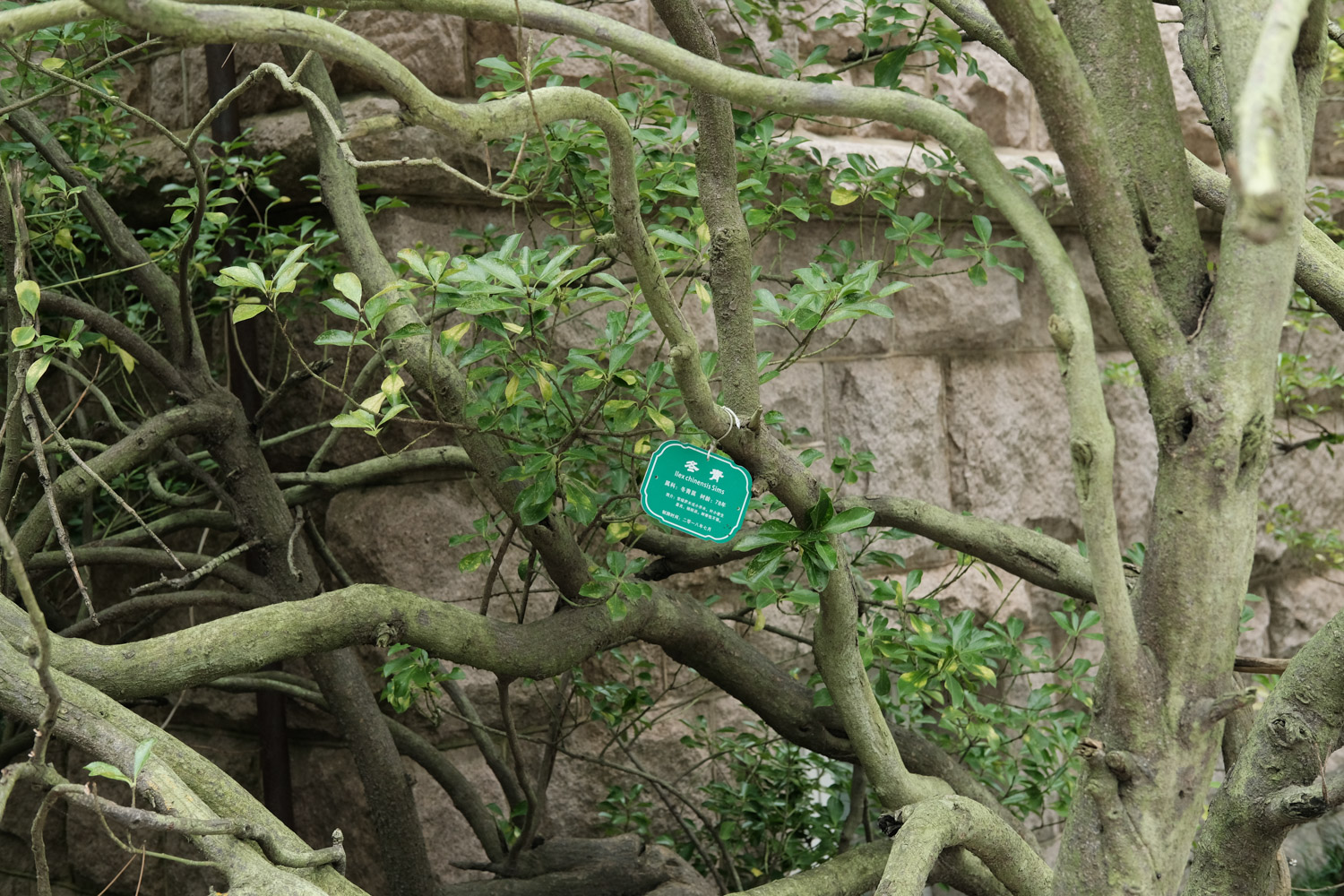
3、 Diagnosis and treatment problems
1. Diseases: the diseases of red fruit Holly mainly harm the leaves, especially the "leaf spot". Carbendazim can be used for treatment, and the diseased leaves can be cut off in time
2. Insect pest: one of the main pests is called "white wax scale", which is harmful in itself and can spread diseases. They are concentrated between branches and leaves and need to be sprayed in time
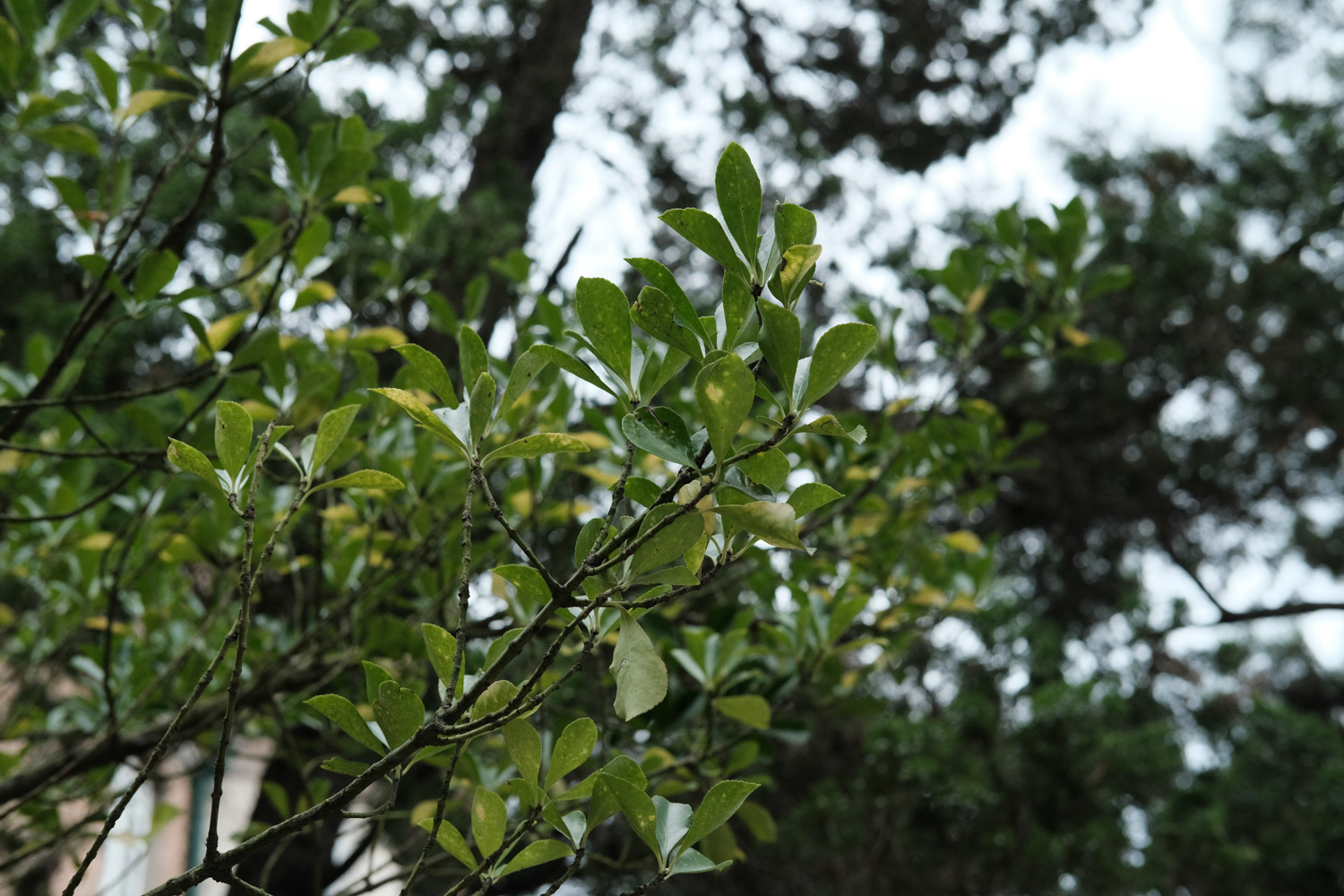
4、 Other issues
1. Toxicity: it is non-toxic and has strong resistance to many toxic gases
2. Whether it can be raised at home: because it is very large, it is generally not raised at home, but the fruit branches can be viewed in bottles
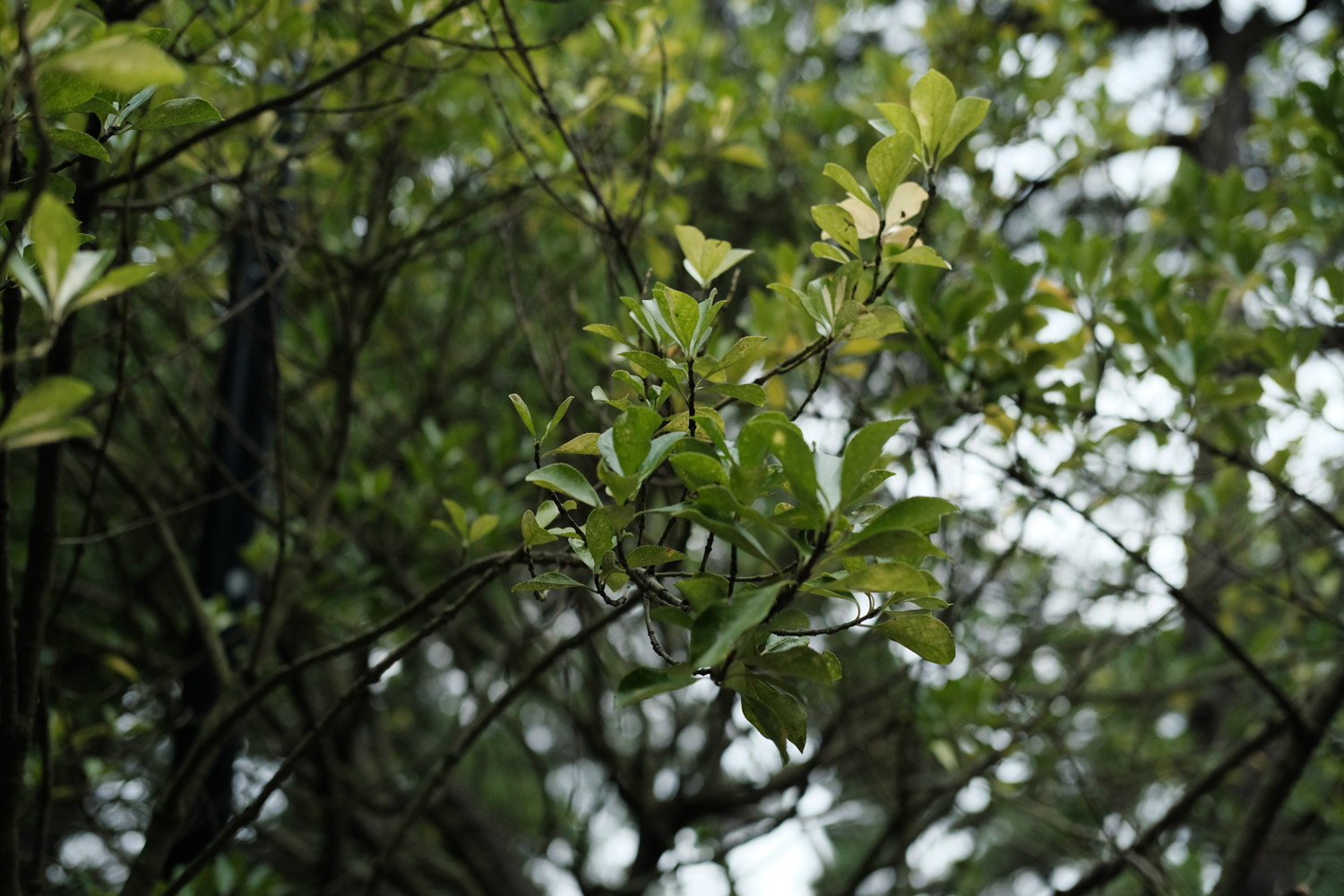

 jackfruit
jackfruit snake plant
snake plant hibiscus
hibiscus hydrangea
hydrangea lavender
lavender Green roses climb al...
Green roses climb al... If you don't pay att...
If you don't pay att... Management of four g...
Management of four g...
